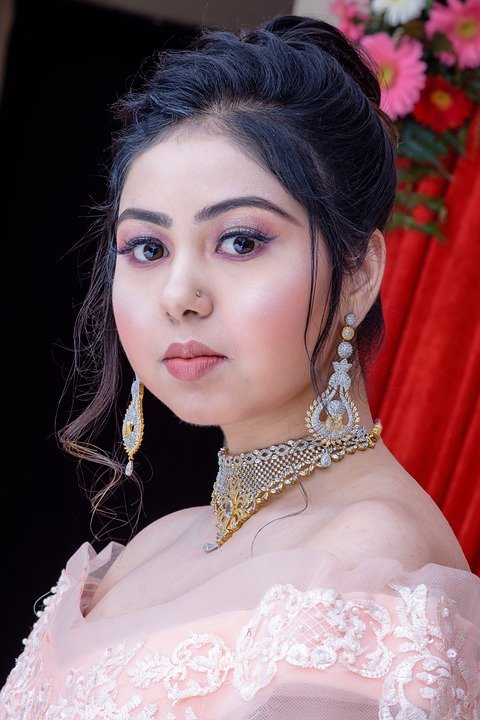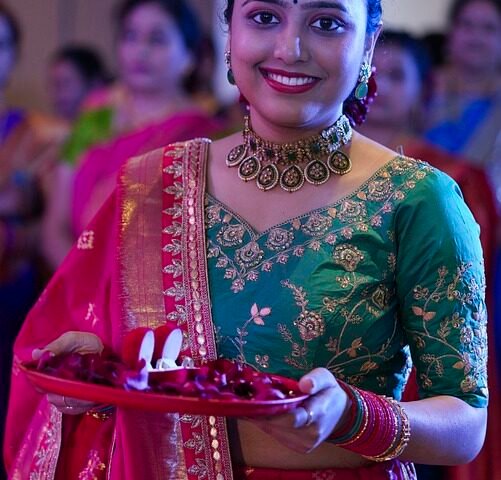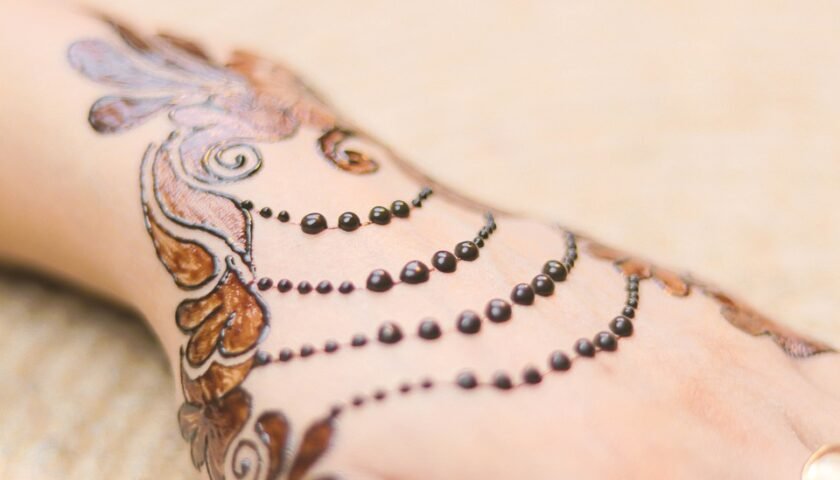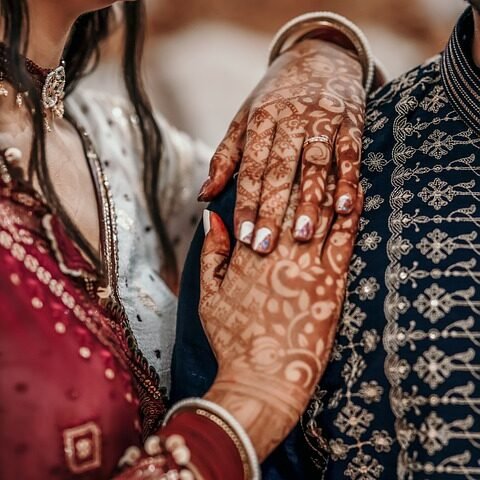[ad_1]
Indian weddings are known for their grandeur and opulence. From the vibrant colors to the intricate details, everything about an Indian wedding is an expression of rich cultural heritage. One essential aspect of an Indian wedding is the bride’s attire, and over the years, Indian designer wedding dresses have undergone a remarkable evolution, combining traditional aesthetics with modern sensibilities.
Traditional Indian bridal wear has always been a reflection of the country’s diverse cultural tapestry. Each region in India has its own unique style when it comes to wedding attire. For instance, in the north, brides opt for vibrant red lehengas (long skirts) adorned with heavy embroidery and gold work. In contrast, in the south, brides typically wear silk sarees with intricate designs and temple jewelry. The evolution of Indian designer wedding dresses has brought about a fusion of these diverse styles, creating stunning ensembles that showcase the best of both worlds.
With the advent of globalization and exposure to international design trends, Indian designers have been increasingly experimenting with different fabrics, cuts, and silhouettes. While traditional fabrics like silk and velvet are still widely used, designers are incorporating lightweight and modern materials like georgette, net, and chiffon to create a contemporary look. This shift has made Indian wedding dresses more comfortable and practical for today’s brides who want to look glamorous yet be able to move freely throughout the day.
Apart from the fabrics, the embellishments on Indian wedding dresses have also undergone a significant transformation. Earlier, heavy zari work (intricate gold and silver thread embroidery) was the norm. While this continues to be popular, many designers are now incorporating sequins, beads, mirror work, and crystals to add a touch of glamour to the outfits. These embellishments not only enhance the overall look but also give designers the freedom to experiment with different design elements.
Another noteworthy aspect of the evolution of Indian designer wedding dresses is the introduction of innovative cuts and silhouettes. Traditional Indian bridal wear was often voluminous and heavily layered, making movement restricted. However, designers have now started incorporating modern cuts like A-line, mermaid, and princess cuts, which accentuate a bride’s figure and allow more mobility. This allows brides to dance and enjoy their special day with ease and comfort.
The color palette of Indian bridal wear has also evolved over time. While red and maroon continue to be the go-to colors for many brides, pastel shades like baby pink, powder blue, and mint green have gained popularity in recent years. These softer hues not only add a refreshing twist to traditional attire but also give brides more options to personalize their look.
With the evolution of Indian designer wedding dresses, brides now have a wide range of choices that cater to their individual preferences and personal style. Whether they opt for a traditional ensemble or a more contemporary fusion outfit, the focus is to create a memorable and unique look for their special day. Indian designers have successfully bridged the gap between traditional and modern aesthetics, paving the way for the future of Indian bridal wear.
In conclusion, the evolution of Indian designer wedding dresses has witnessed a beautiful blend of tradition and modernity. From the vibrant colors and intricate embellishments to the innovative cuts and silhouettes, Indian bridal wear has come a long way. This fusion of traditional and contemporary elements has not only brought freshness and diversity to the bridal fashion industry but also allowed brides to truly shine on their wedding day, walking the runway to the aisle with grace and style.
[ad_2]




